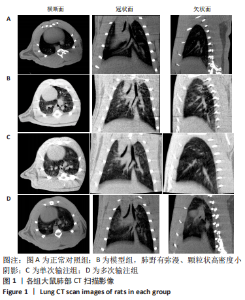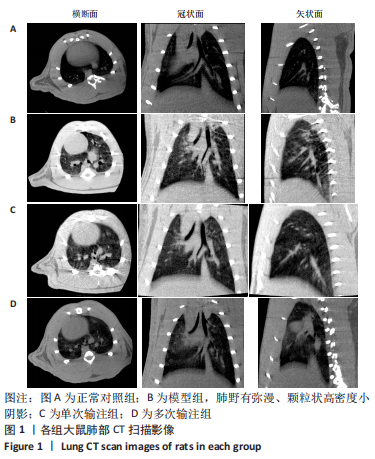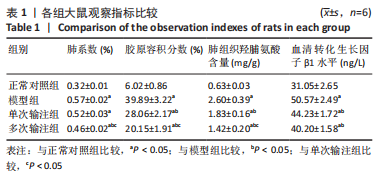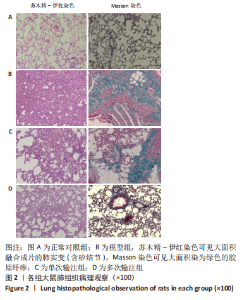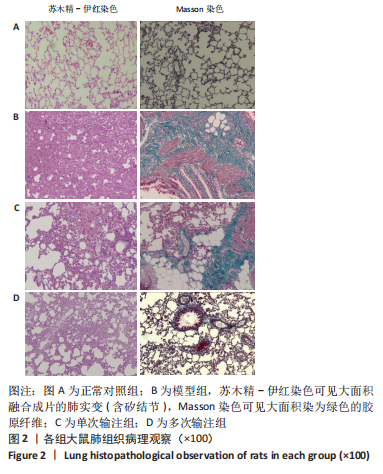[1] FU X, LIU G, HALIM A, et al. Mesenchymal Stem Cell Migration and Tissue Repair. Cells. 2019;8(8):784.
[2] KESHTKAR S, AZARPIRA N, GHAHREMANI MH. Mesenchymal stem cell-derived extracellular vesicles: novel frontiers in regenerative medicine. Stem Cell Res Ther. 2018;9(1):63.
[3] YAMAGISHI H, SHIGEMATSU K. Perspectives on Stem Cell-Based Regenerative Medicine with a Particular Emphasis on Mesenchymal Stem Cell Therapy. JMA J. 2022;5(1):36-43.
[4] LIANG Q, LI Q, REN B, et al. Intravenous infusion of small umbilical cord mesenchymal stem cells could enhance safety and delay retinal degeneration in RCS rats. BMC Ophthalmol. 2022;22(1):67.
[5] KIYOSE R, SASAKI M, KATAOKA-SASAKI Y, et al. Intravenous Infusion of Mesenchymal Stem Cells Enhances Therapeutic Efficacy of Reperfusion Therapy in Cerebral Ischemia. World Neurosurg. 2021;149:e160-e169.
[6] ZANG L, LI Y, HAO H, et al. Efficacy and safety of umbilical cord-derived mesenchymal stem cells in Chinese adults with type 2 diabetes:a single-center, double-blinded, randomized,placebo-controlled phase II trial. Stem Cell Res Ther. 2022;13(1):180.
[7] WANG C, ZHAO D, ZHENG L, et al. Safety and efficacy of human umbilical cord mesenchymal stem cells for the treatment of sepsis induced by pneumonia: study protocol for a single-centre, randomised single- blind parallel group trial. BMJ Open. 2022;12(4):e058444.
[8] NABAVI SM, KARIMI SH, ARAB L, et al. Safety and Efficacy of Allogeneic Adipose Tissue Mesenchymal Stromal Cells in Amyotrophic Lateral Sclerosis Patients, Single-Center, Prospective, Open-Label, Single-Arm Clinical Trial, Long-Term Follow-up. Cell J. 2021;23(7):772-778.
[9] REBELATTO CLK, SENEGAGLIA AC, FRANCK CL, et al. Safety and long-term improvement of mesenchymal stromal cell infusion in critically COVID-19 patients: a randomized clinical trial. Stem Cell Res Ther. 2022;13(1):122.
[10] CHEN MC, LAI KS, CHIEN KL, et al. pcMSC Modulates Immune Dysregulation in Patients With COVID-19-Induced Refractory Acute Lung Injury. Front Immunol. 2022;13:871828.
[11] ZHANG L, LAI X, GUO Y, et al. Autologous bone marrow-derived mesenchymal stem cells for interstitial fibrosis and tubular atrophy: a pilot study. Ren Fail. 2021;43(1):1266-1275.
[12] WANG X, ZHAO S, LAI J, et al. Anti-Inflammatory, Antioxidant, and Antifibrotic Effects of Gingival-Derived MSCs on Bleomycin-Induced Pulmonary Fibrosis in Mice. Int J Mol Sci. 2021;23(1):99.
[13] AVERYANOV A, KOROLEVA I, KONOPLYANNIKOV M, et al. First-in-human high-cumulative-dose stem cell therapy in idiopathic pulmonary fibrosis with rapid lung function decline. Stem Cells Transl Med. 2020;9(1):6-16.
[14] CRUZ FF, ROCCO PRM. The potential of mesenchymal stem cell therapy for chronic lung disease. Expert Rev Respir Med. 2020;14(1):31-39.
[15] 黄明,周永梅,宋向荣,等.骨髓间充质干细胞对染矽尘大鼠肺损伤修复作用研究[J].中国职业医学,2014,41(4):361-366.
[16] 黄明,周永梅,程樱,等.骨髓间充质干细胞移植方式对染矽尘大鼠肺损伤修复作用比较[J].中国职业医学,2015,42(4):366-371.
[17] 中国疾病预防控制中心职业卫生与中毒控制所.关于实验性尘肺研究问题的访谈[J].中华劳动卫生职业病杂志,2010,28(1):1-2.
[18] 黄明,张应洵,陆丰荣,等.PET-CT观察矽肺动物模型可行性研究[J].中国职业医学,2017,44(3):245-252.
[19] 中华人民共和国卫生部.卫生部通报2010年职业病防治工作情况和2011年重点工作[EB/OL]. http://www.moh.gov, 2011-04-18/2022-04-01.
[20] TAKEMURA M, SASAKI M, KATAOKA-SASAKI Y, et al. Repeated intravenous infusion of mesenchymal stem cells for enhanced functional recovery in a rat model of chronic cerebral ischemia. J Neurosurg. 2021. doi: 10.3171/2021.8.JNS21687.
[21] LI L, HUI H, JIA X, et al. Infusion with Human Bone Marrow-derived Mesenchymal Stem Cells Improves β-cell Function in Patients and Non-obese Mice with Severe Diabetes. Sci Rep. 2016;6:37894.
[22] MAGOTA H, SASAKI M, KATAOKA-SASAKI Y, et al. Repeated infusion of mesenchymal stem cells maintain the condition to inhibit deteriorated motor function, leading to an extended lifespan in the SOD1G93A rat model of amyotrophic lateral sclerosis. Mol Brain. 2021;14(1):76.
[23] HLEBOKAZOV F, DAKUKINA T, POTAPNEV M, et al. Clinical benefits of single vs repeated courses of mesenchymal stem cell therapy in epilepsy patients. Clin Neurol Neurosurg. 2021;207:106736.
[24] LIU WW, WANG HX, YU W, et al. Treatment of silicosis with hepatocyte growth factor-modified autologous bone marrow stromal cells: a non-randomized study with follow-up. Genet Mol Res. 2015;14(3):10672-10681.
[25] MORALES MM, SOUZA SA, LOIVOS LP, et al. Pilot safety study of intrabronchial instillation of bone marrow-derived mononuclear cells in patients with silicosis. BMC Pulm Med. 2015;15:66. |
